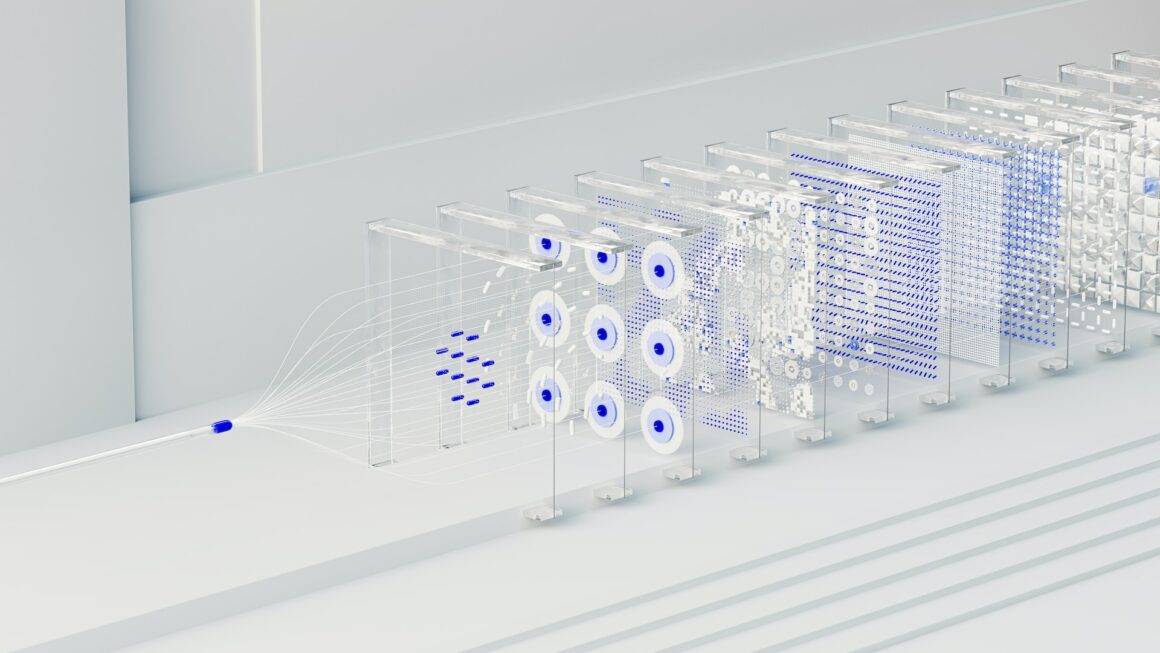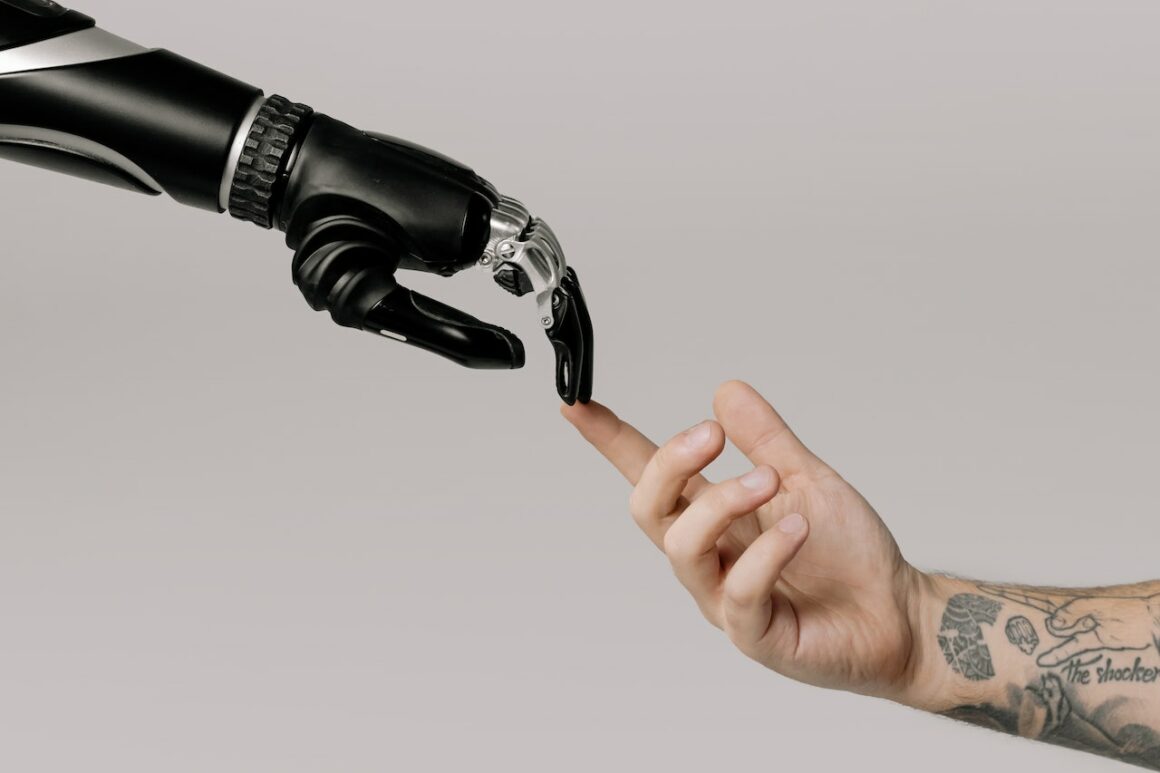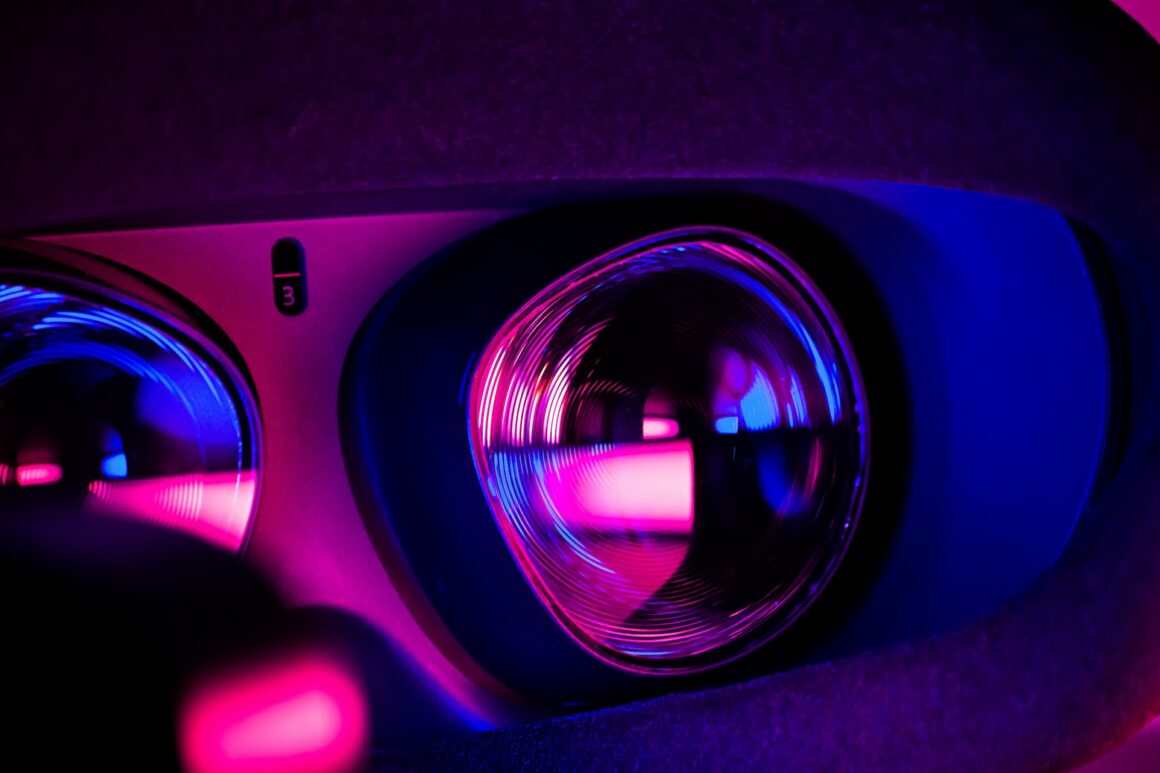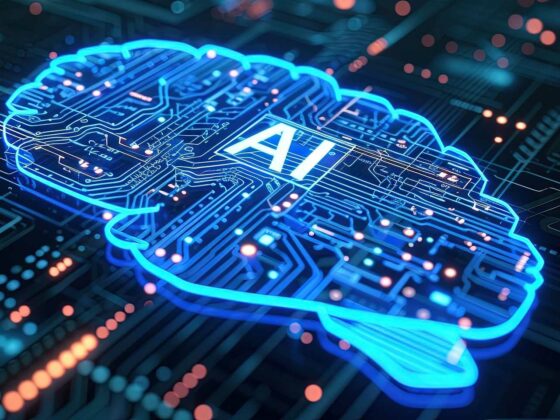As a digital design leader constantly experimenting with new technologies, my recent exploration into Generative AI has been both enlightening and revealing. Before starting with this read , I want to add a quick premise: Myself and team haven’t yet integrated this technology into our core design processes. However, through daily trials, I started noticing its limitations firsthand. In this article I want to share my personal observations and the lessons I’ve learned along this experimental journey, so far.
Revealing the True Nature of Generative AI

The Struggle with Depth and Nuance
My initial experiments with Generative AI in projects highlighted a key issue: its struggle with depth and nuance. While AI can create content, it often lacks the deeper understanding of context that is crucial in product design. This was particularly evident in tasks requiring emotional intelligence or a deep understanding of brand ethos.
Creativity and Originality in Question
Another striking revelation was the question of creativity and originality. AI can churn out designs quickly, but these often lack the unique creative flair that sets exceptional design apart. This has reinforced my belief in the irreplaceable value of human creativity, especially in areas like brand and product design (or at least so far).
Personal Insights from Daily AI Interactions

Ethical and Bias Challenges
On a more profound level, daily use of Generative AI exposed the ethical challenges and inherent biases within these systems. This has helped me to shape my perspective on ethical design leadership, emphasising the need for a balanced and responsible approach to AI in our field.
Data Quality and Reliability
Through daily use, I’ve learned the critical importance of data quality in AI’s effectiveness. The saying “garbage in, garbage out” holds particularly true here, underscoring the need for meticulous data curation in AI-driven design processes.
The Indispensable Human Element
The most significant insight from my daily interactions with Generative AI is the indispensable value of the human element in design. AI is a tool to augment our capabilities, but at the moment it cannot replicate the nuanced understanding, empathy, and creative intuition that human designers bring to the table.
Envisioning the Future: A Balanced Approach to AI in Design

The Path of Continuous Learning
This journey with Generative AI has been a path of continuous learning and adaptation. It’s about understanding its limitations and working around them, rather than being deterred by them.
The Future of AI-Enhanced Design
While I will share my thoughts of certain AI tools in the near future, this experience has solidified my belief in the importance of a balanced approach. The future I envision is one where AI and human creativity coexist, complementing each other to push the boundaries of innovation in design.
Conclusion
In summary, my daily experiments with Generative AI have been crucial in understanding its limitations and potential. These insights will be essential as we consider the future integration of AI into our design processes.
By embracing these limitations, we can navigate towards a future where AI enhances rather than replaces the human touch in design, fostering innovation that is both technically advanced and deeply human.



